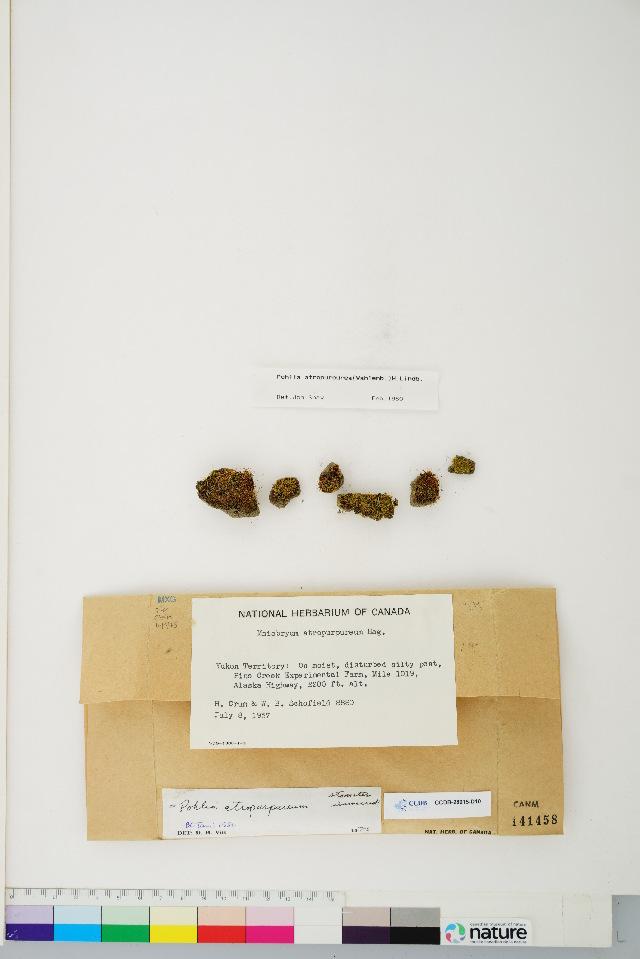
CCDB-28015-D10%2B1455898792.jpg from: https://v3.boldsystems.org/index.php/Taxbrowser_Taxonpage?taxid=956650
Introduction
In the vast and captivating world of bryophytes, one particular moss species stands out for its unique charm and ecological significance – the Pohlia atropurpurea (Wahlenb.) H.Lindb., commonly known as Pohlia. This unassuming yet fascinating member of the Mniaceae family has captured the hearts of moss enthusiasts and naturalists alike, offering a glimpse into the intricate tapestry of life that thrives in the most unexpected places.
Background
Before delving into the intricacies of Pohlia atropurpurea, it’s essential to understand the broader context of bryophytes. These remarkable plants, which include mosses, liverworts, and hornworts, are among the oldest and most resilient life forms on our planet. They have played a crucial role in the evolution of terrestrial ecosystems, paving the way for more complex plant life to flourish.
Main Content
Morphology and Identification
Pohlia atropurpurea is a small, acrocarpous moss that forms dense, cushion-like tufts or mats. Its slender stems are typically 1-3 cm tall, and the leaves are lanceolate to ovate-lanceolate, with a distinctive reddish-purple tint, particularly towards the tips. This striking coloration is what gives the moss its specific epithet, “atropurpurea,” meaning “dark purple.”
One of the key identifying features of Pohlia atropurpurea is its double-toothed leaf margins, which can be observed under a microscope. Additionally, the presence of a reddish stem tomentum (felt-like covering) further aids in its identification.
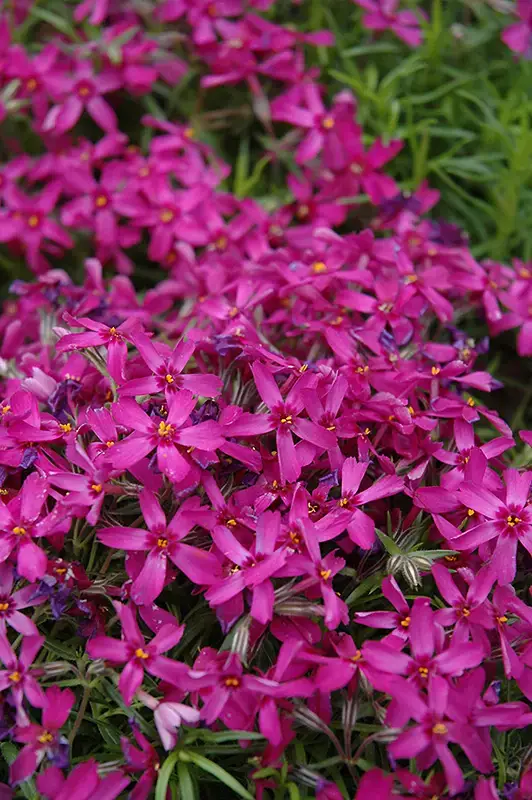
b9d6660d06312cd7dcca59c92e2a33a1.png from: https://www.pinterest.com/pin/click-to-view-a-fullsize-photo-of-purple-moss-phlox-phlox-subulata-atropurpurea-at-canyon-creek-nursery-in-2022–320951910954645917/
Global Distribution and Habitat
Pohlia atropurpurea is a cosmopolitan species, meaning it can be found across various regions of the world. It has been reported in Europe, Asia, North America, and even Antarctica. However, it is particularly abundant in temperate and boreal regions, thriving in moist, acidic environments such as bogs, fens, and damp, shaded areas.
This moss species often grows on decaying logs, stumps, and soil rich in organic matter, forming vibrant patches that add a touch of color to the forest floor. It is also known to colonize disturbed areas, such as roadside banks and recently cleared forestry sites, showcasing its resilience and adaptability.
Ecological Roles and Adaptations
Despite its diminutive size, Pohlia atropurpurea plays a vital role in various ecosystems. As a pioneer species, it helps stabilize and enrich soil, facilitating the growth of other plants and contributing to the overall biodiversity of an area.
One of the remarkable adaptations of Pohlia atropurpurea is its ability to tolerate desiccation (drying out) and rapidly rehydrate when moisture becomes available. This trait, known as

393102.jpg from: https://inpn.mnhn.fr/espece/cd_nom/4899
poikilohydry, allows the moss to survive in harsh environments and quickly resume its metabolic activities after periods of drought.
Furthermore, the reddish-purple pigmentation in the leaves and stems of
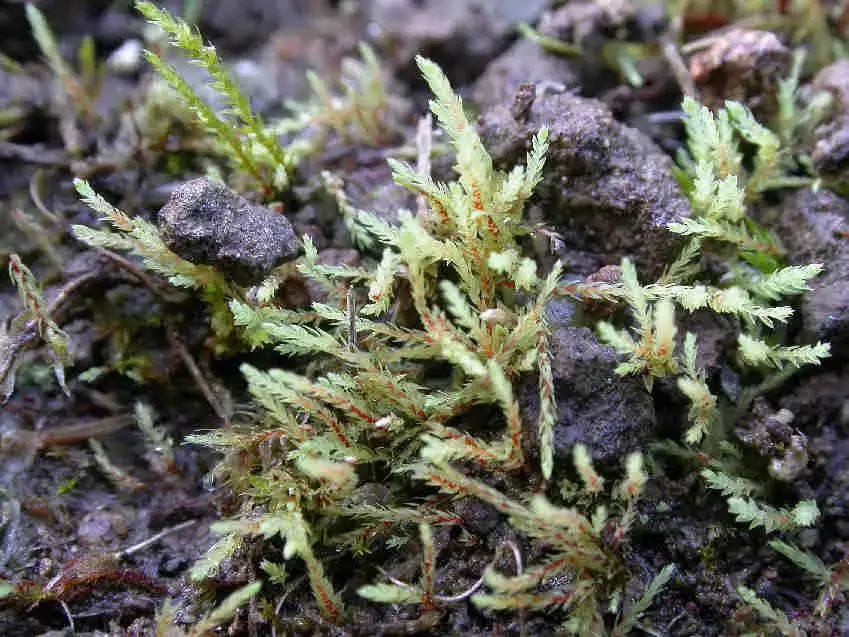
Pohlia_wahlenbergii_016.JPG from: https://cisfbr.org.uk/Bryo/Cornish_Bryophytes_Pohlia_wahlenbergii_var_wahlenbergii.html
Pohlia atropurpurea is believed to provide protection against harmful UV radiation, enabling the moss to thrive in exposed habitats.
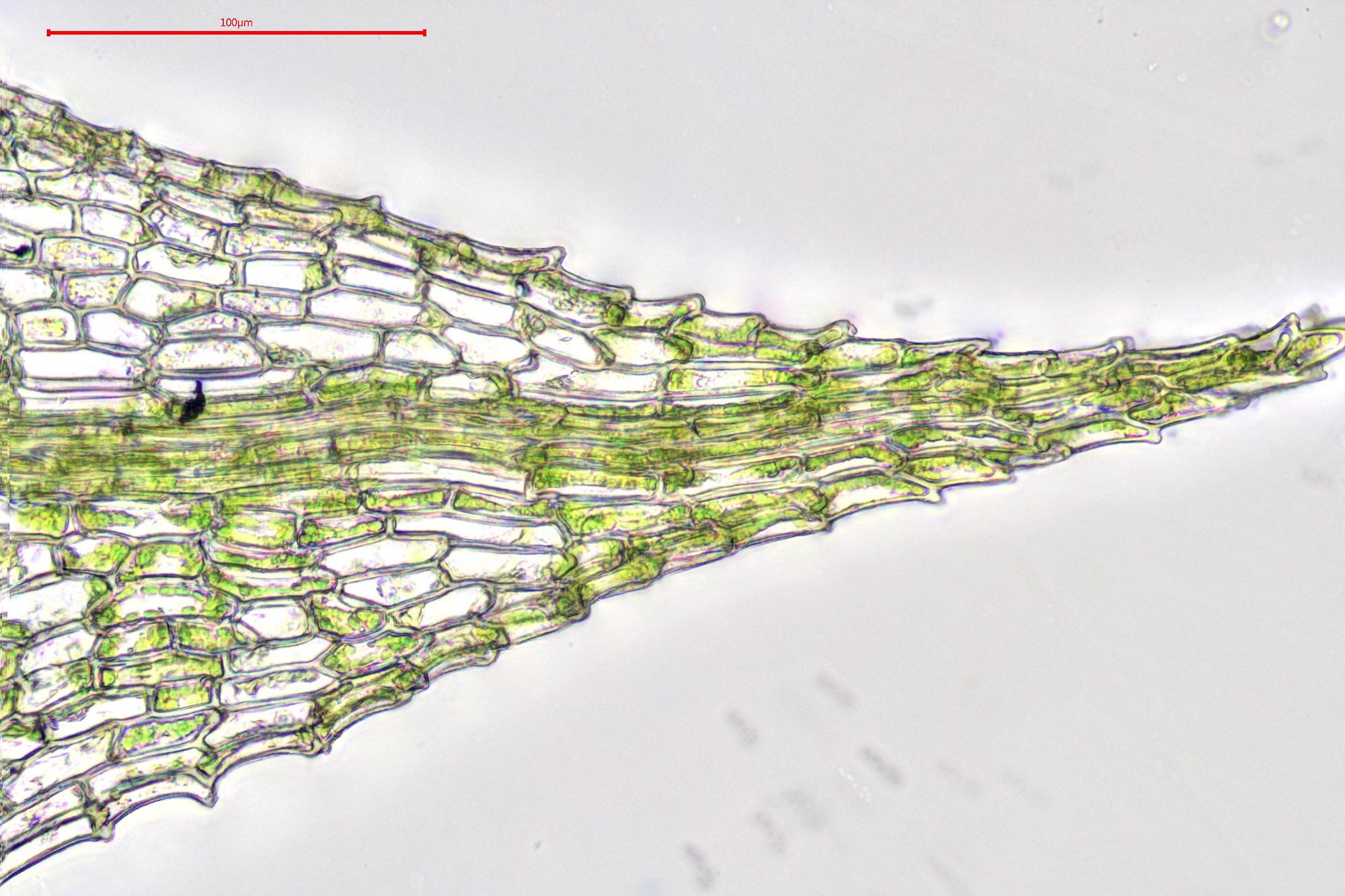
2020-09-21-09-40-09.jpg from: https://www.britishbryologicalsociety.org.uk/learning/species-finder/pohlia-wahlenbergii/
Case Studies/Examples
In a study conducted in the boreal forests of Finland, researchers found that Pohlia atropurpurea played a crucial role in the early stages of forest regeneration after clear-cutting. The moss acted as a pioneer species, rapidly colonizing the disturbed areas and creating a suitable microenvironment for the establishment of other plant species, including tree seedlings.
Another interesting example comes from Antarctica, where Pohlia atropurpurea has been found growing in the harsh conditions of the Antarctic Peninsula. Its ability to withstand extreme temperatures and desiccation has made it a valuable subject for studying the adaptations of bryophytes to extreme environments.
Technical Table
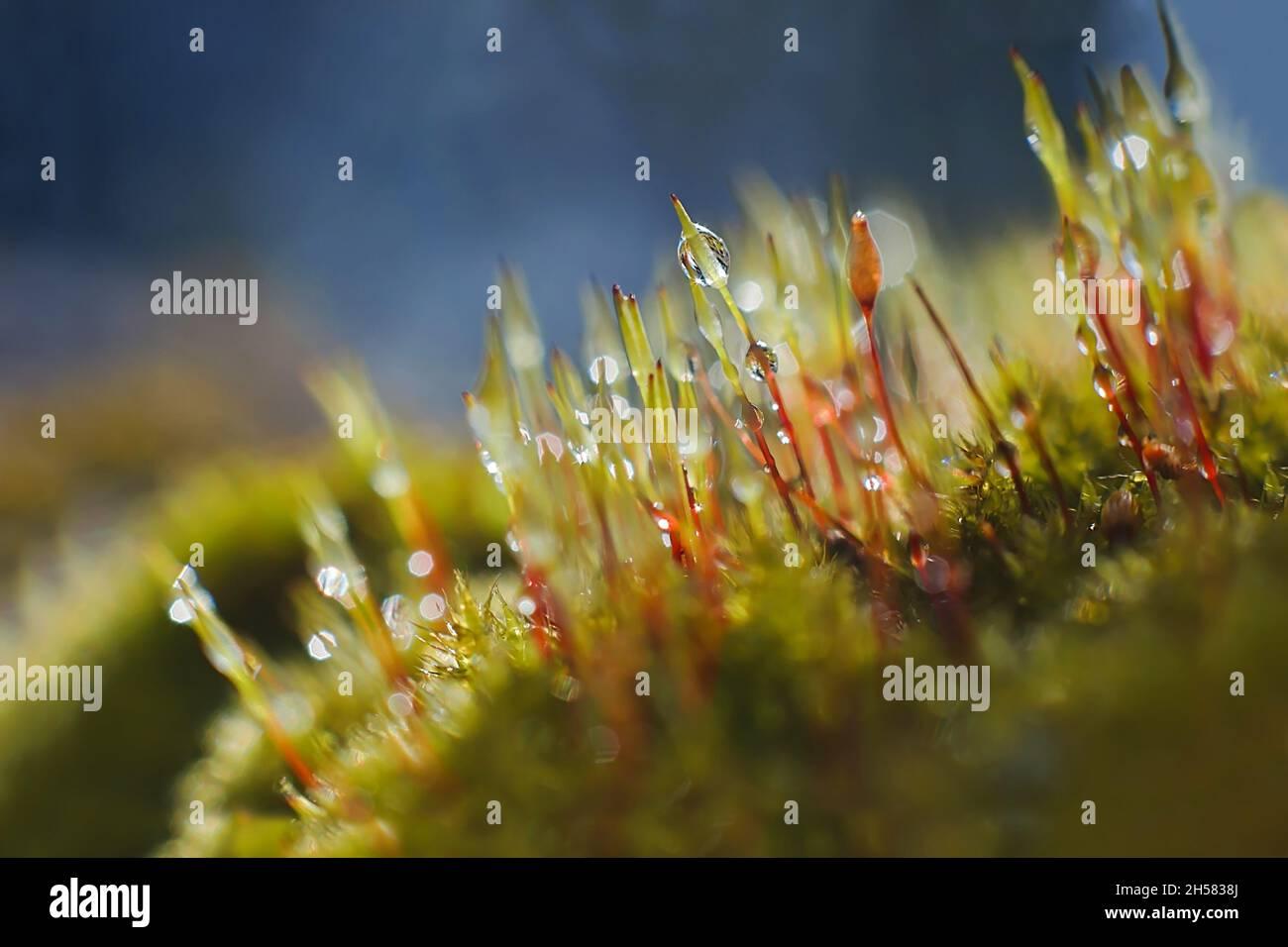
macro-shot-of-bryum-moss-pohlia-nutans-on-dark-blue-background-rain-drops-on-moss-2H5838J.jpg from: https://www.alamy.com/macro-shot-of-bryum-moss-pohlia-nutans-on-dark-blue-background-rain-drops-on-moss-image450721058.html

po_wahlenbergii2.jpg from: https://wnmu.edu/academic/nspages/gilaflora/pohlia_wahlenbergii.html
| Characteristic | Description |
|---|---|
Phylum
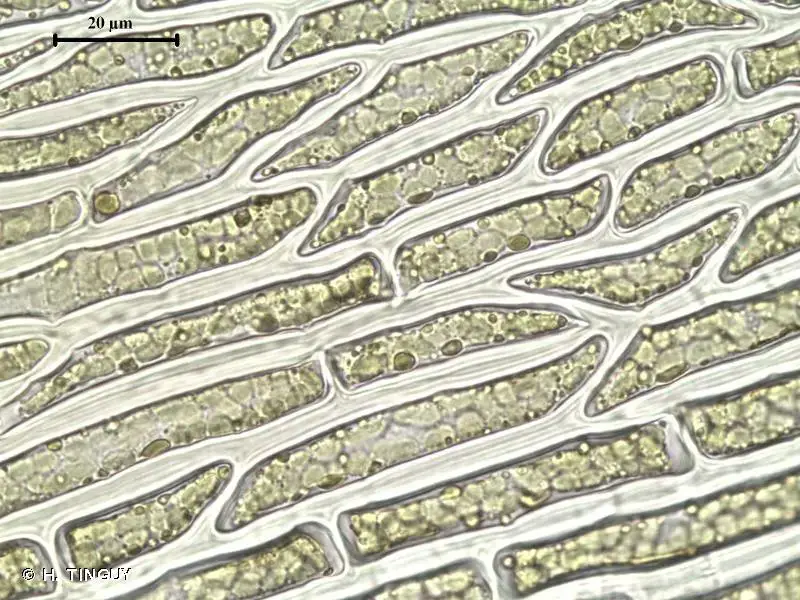 319070.jpg from: https://inpn.mnhn.fr/espece/cd_nom/4901/tab/fiche |
Bryophyta |
| Class | Bryopsida |
| Order | Bryales |
| Family | Mniaceae |
| Genus | Pohlia |
| Species | Pohlia atropurpurea (Wahlenb.) H.Lindb. |
| Common Name | Pohlia |
| Stem Height | 1-3 cm |
| Leaf Shape | Lanceolate to ovate-lanceolate |
| Leaf Color | Reddish-purple, especially towards the tips |
| Leaf Margin | Double-toothed |
| Stem Tomentum | Reddish
 A-J-Propagules-of-Pohlia-proligera-Lindb-ex-Breidl-Lindb-ex-Arn-from-Zhu-Rui-liang_Q640.jpg from: https://www.researchgate.net/publication/282380566_Three_propaguliferous_species_of_Pohlia_Mielichhoferiaceae_Musci_in_China |
Conclusion
Pohlia atropurpurea, a humble yet remarkable moss species, serves as a testament to the resilience and adaptability of bryophytes. Its ability to thrive in diverse environments, stabilize soil, and facilitate the growth of other plants makes it an invaluable component of many ecosystems. As we continue to explore and appreciate the wonders of the natural world, this unassuming moss reminds us of the intricate web of life that surrounds us, even in the most unexpected places.
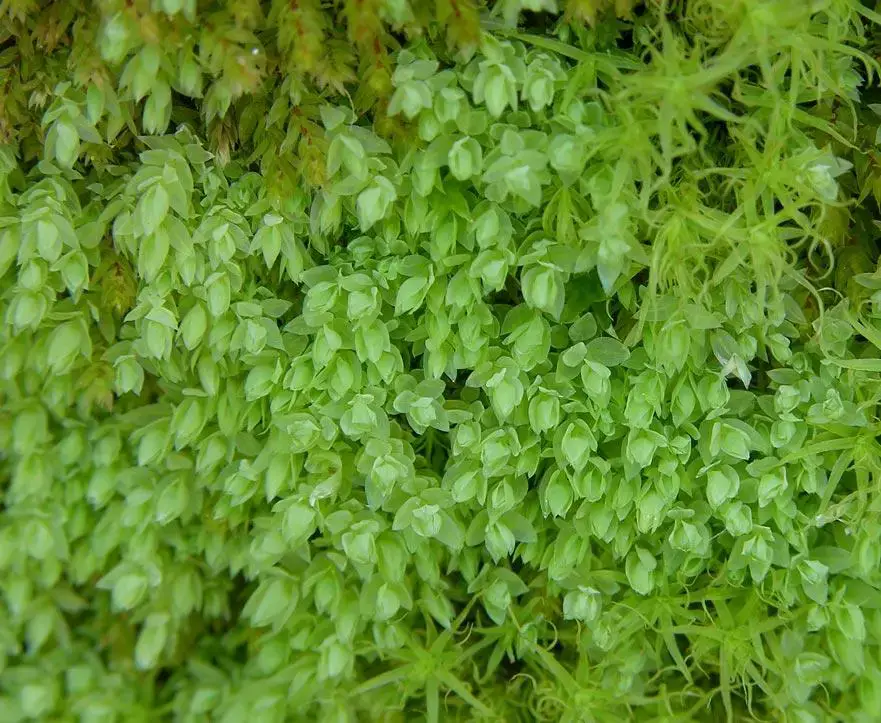
cruda-1.jpg from: https://www.nic.funet.fi/index/Tree_of_life/plants/bryophyta/bryopsida/bryales/bryaceae/pohlia/index.html
Ponder this: In a world where we often overlook the smallest of creatures, what other hidden marvels might we be missing, and how can we foster a deeper appreciation for the intricate tapestry of life that sustains our planet?